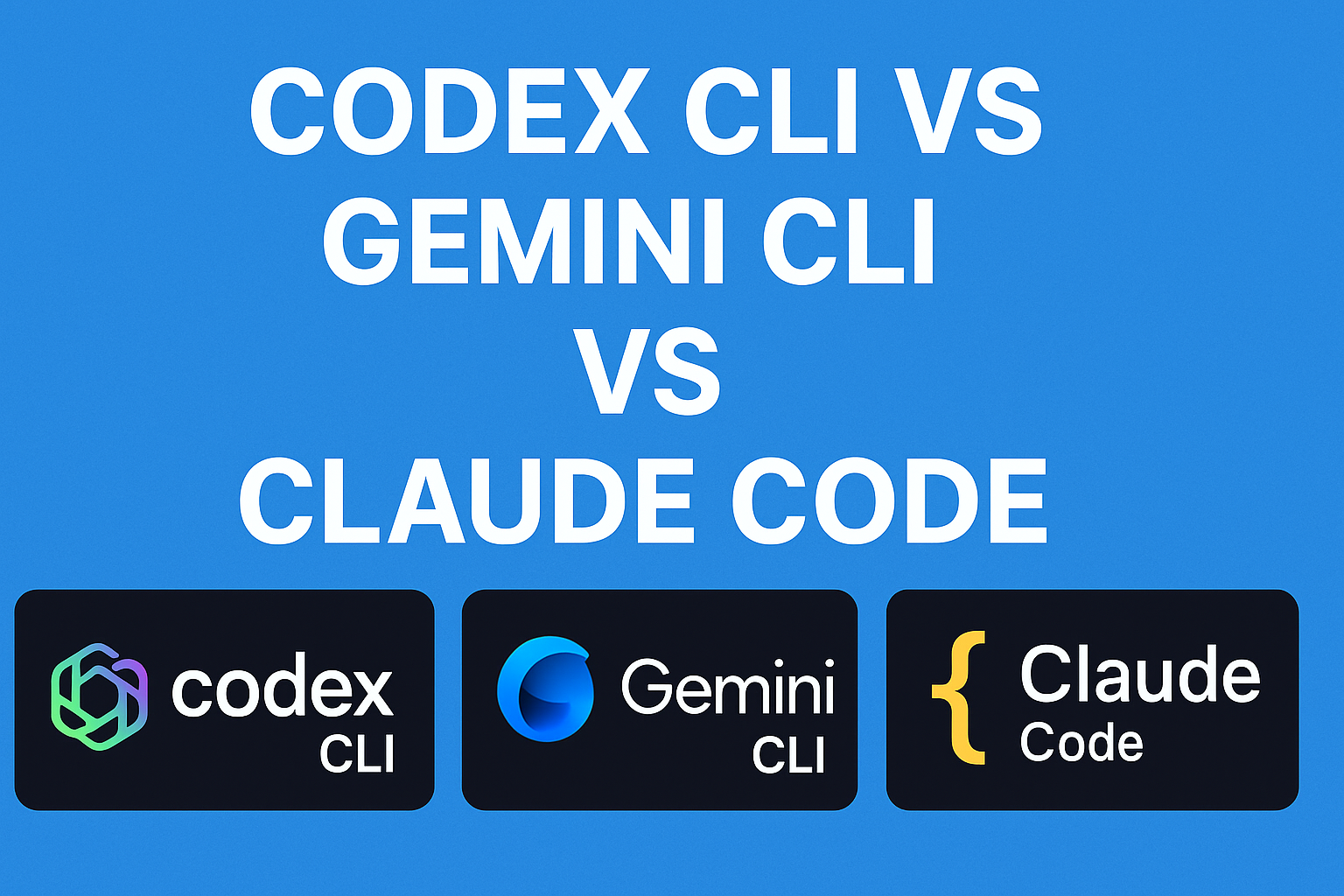Codex: Kỹ Sư Phần Mềm AI Đã Tạo Ra “Sự Thay Đổi Cảm Hứng Lớn” (Vibe Shift) Trong Lập Trình Gần đây, tại OpenAI,...
We make services people love by the power of Gen AI.


